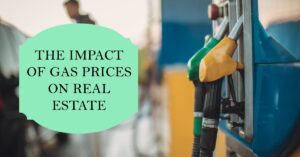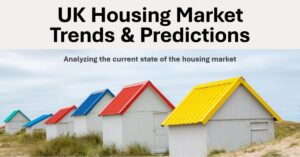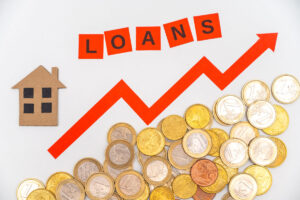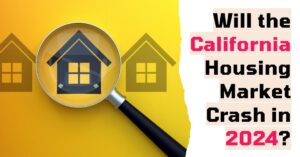The banking sector is often seen as a barometer for the broader economy, and the closure of a bank can send ripples through the financial community. In 2024, the United States witnessed its first bank failure of the year with the closure of Republic First Bank. This event has not only affected the bank's customers and employees but also sparked discussions in the financial and cryptocurrency communities.
Republic First Bank, a regional lender with branches in Pennsylvania, New Jersey, and New York, was closed by regulators, and its assets and deposits were taken over by Fulton Bank. This move was necessary to protect the depositors and maintain confidence in the banking system. The Federal Deposit Insurance Corporation (FDIC) has assured that all depositors of Republic First Bank will have access to their insured deposits and that the transition to Fulton Bank will be smooth.
The closure of Republic First Bank is expected to cost the deposit insurance fund an estimated $667 million, a significant sum that reflects the challenges faced by the bank. The FDIC has not disclosed specific reasons for the bank's failure, but it is known that rising interest rates and falling commercial real estate values have increased financial risks for regional and community banks. These factors, along with the after-effects of the pandemic, have created a challenging environment for banks that are heavily invested in commercial real estate.
The banking community is closely monitoring the situation, as the closure of Republic First Bank could be an indicator of underlying economic stresses. Moreover, the event has caught the attention of the cryptocurrency world, which often views bank failures as an argument for decentralized financial systems. The debate between traditional banking and emerging financial technologies is likely to continue, with each side presenting its case in light of such events.
For customers of Republic First Bank, the immediate concern will be the continuity of their banking services. Fulton Bank has committed to ensuring that all former Republic First Bank branches will reopen under its name and that customers can continue to use their checks and ATMs without interruption. The FDIC has set up a hotline for customers with questions about the acquisition and has provided assurances that deposits under $250,000 are protected by the FDIC insurance, even in the event of a bank failure.
Why Did First Republic First Bank Fail?
The failure of Republic First Bank, marking the first bank collapse in the United States in 2024, can be attributed to a combination of economic pressures that have been building over recent years. The primary factors leading to the bank's closure include rising interest rates and a downturn in commercial real estate values, particularly in office buildings that have struggled with high vacancy rates post-pandemic.
These economic conditions have heightened financial risks for regional and community banks like Republic First Bank, which had significant exposure to commercial real estate loans. As property values declined, these loans became challenging to refinance, leading to a precarious financial situation for the bank. Additionally, the broader economic impact of the pandemic, which affected various sectors differently, played a role in creating a tough operating environment for the bank.
The FDIC, which stepped in to manage the closure of Republic First Bank, has not released detailed information on the specific internal issues that led to the bank's failure. However, it is clear that the combination of external economic factors and potentially internal mismanagement of assets and loans contributed to the bank's inability to remain solvent.
The closure is expected to cost the deposit insurance fund approximately $667 million, indicating the severity of the bank's financial troubles. In response to the closure, Fulton Bank has agreed to take over all deposits and acquire the assets of Republic First Bank, ensuring that customers will face minimal disruption to their banking services.
The closure of Republic First Bank serves as a reminder of the importance of robust regulatory oversight and the need for banks to manage their risks effectively. It also highlights the evolving landscape of the financial industry, where traditional banking practices are being challenged by new technologies and economic shifts. As the dust settles on this closure, the lessons learned will undoubtedly shape the future of banking in the United States.
For more detailed information and updates on the situation, customers and interested parties are encouraged to refer to the official statements and resources provided by the FDIC and Fulton Bank.











